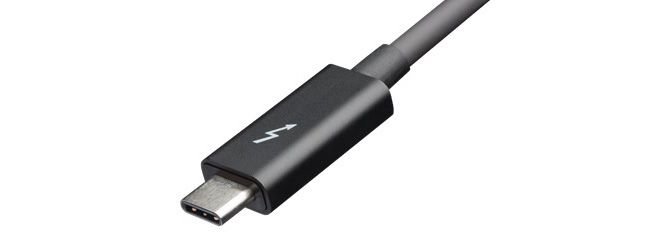The USB4 specifications have been published by the USB Implementers Forum [PDF]. The document offers details on what type of performance we can expect from the next-generation USB architecture.
USB4 is a “major update to deliver the next-generation USB architecture that complements and builds upon the existing USB 3.2 and USB 2.0 architectures.” The USB-IF says the USB4 architecture is based on Thunderbolt, doubling the maximum bandwidth of USB and allowing for multiple simultaneous data and display protocols.
The new architecture offers transfer speeds of up to 40Gb/s (twice the current 20Gb/s maximum) and backwards compatibility with USB 3.2 and Thunderbolt 3.
Key characteristics of the USB4 solution include:
- Two-lane operation using existing USB Type-C® cables and up to 40Gbps operation
over 40Gbps certified cables - Multiple data and display protocols that efficiently share the maximum aggregate
bandwidth - Backward compatibility with USB 3.2, USB 2.0 and Thunderbolt 3
USB4 will use the same USB-C connector as USB 3, meaning manufacturers will not be required to add new USB4 ports to the devices.
Apple latest Macs offer support for both USB-C and Thunderbolt 3, so many Mac users are already seeing USB4 speeds when using Thunderbolt 3 cables and devices. However, USB4 will make that level of speeds the new default, and devices that use those transfer speeds should be cheaper.
USB4 will also allow plugging of multiple USB-C devices into a single hub. Any manufacturer of USB4 devices must also include the USB Power Delivery technology, which controls how devices negotiate charging and enables much higher charging rates for power-hungry devices like laptops.
While the USB4 specification is complete, it will be awhile before we see devices that take advantage of USB4, likely 2020 or later.


